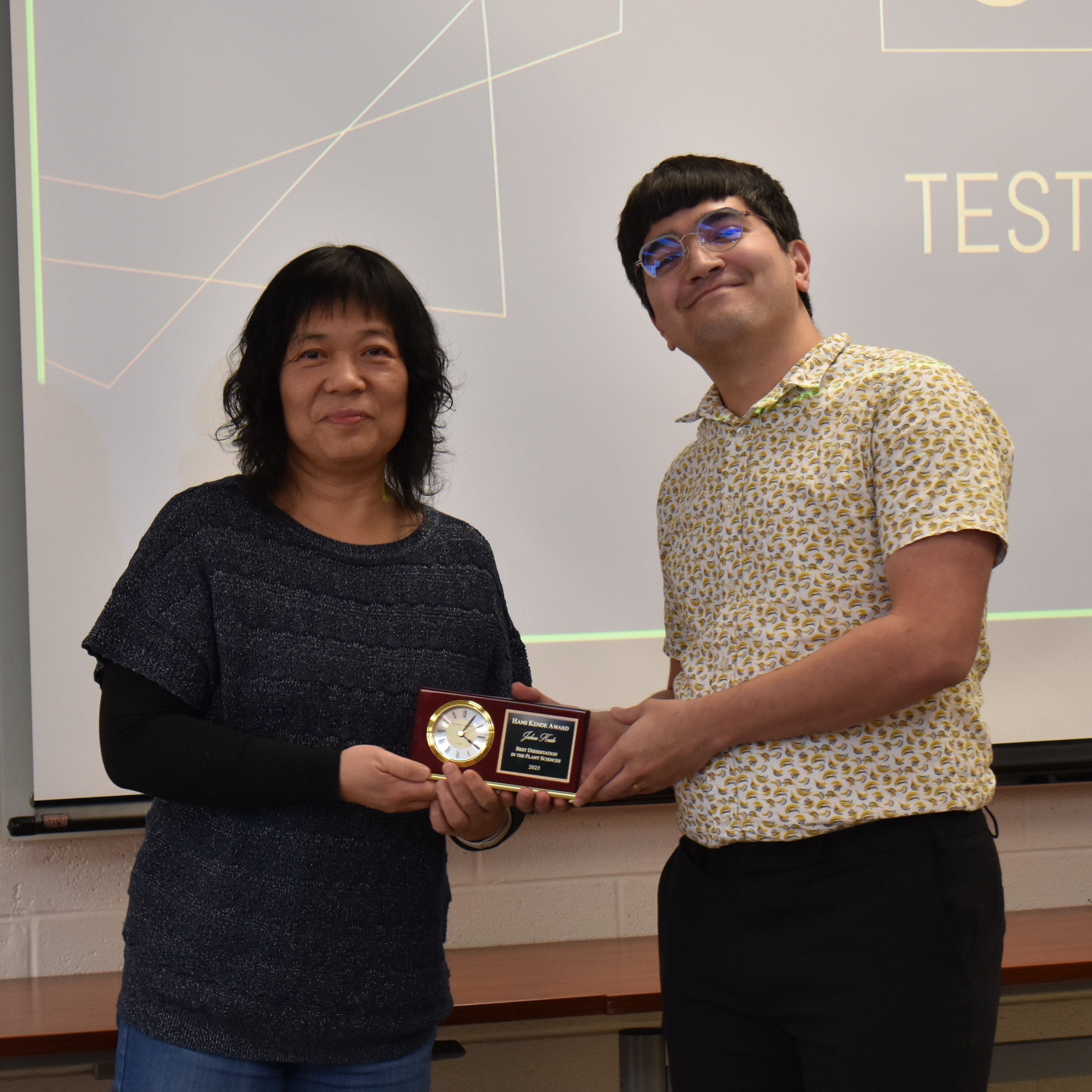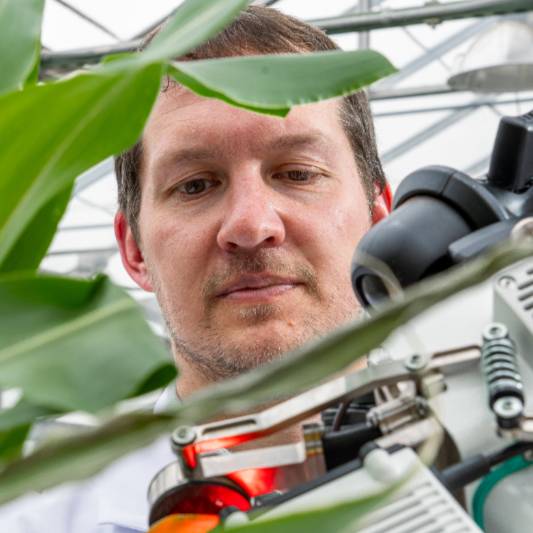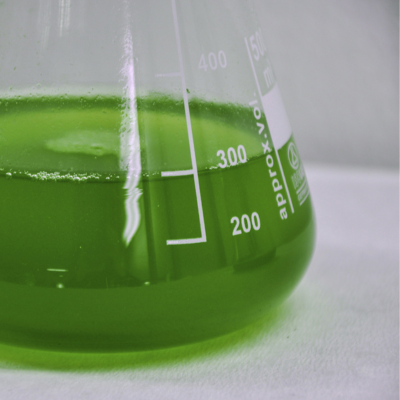Another piece of the puzzle: Understanding the roles of carbonic anhydrases in plants
Article Highlights
- When plants take carbon dioxide (CO2) from the atmosphere, carbonic anhydrases (CAs) help get that CO2 to the systems that use it in photosynthesis
- This research helps better characterize CAs in the model plant Arabidopsis thaliana
- βCA5 mutants were shorter growing, showing that the CA known as βCA5 plays an important role in photosynthetic efficiency and plant physiology
Understanding the intricate puzzle pieces that make up the photosynthetic systems of plants can help researchers to better understand how to grow and create plants that can survive in changing climate conditions.
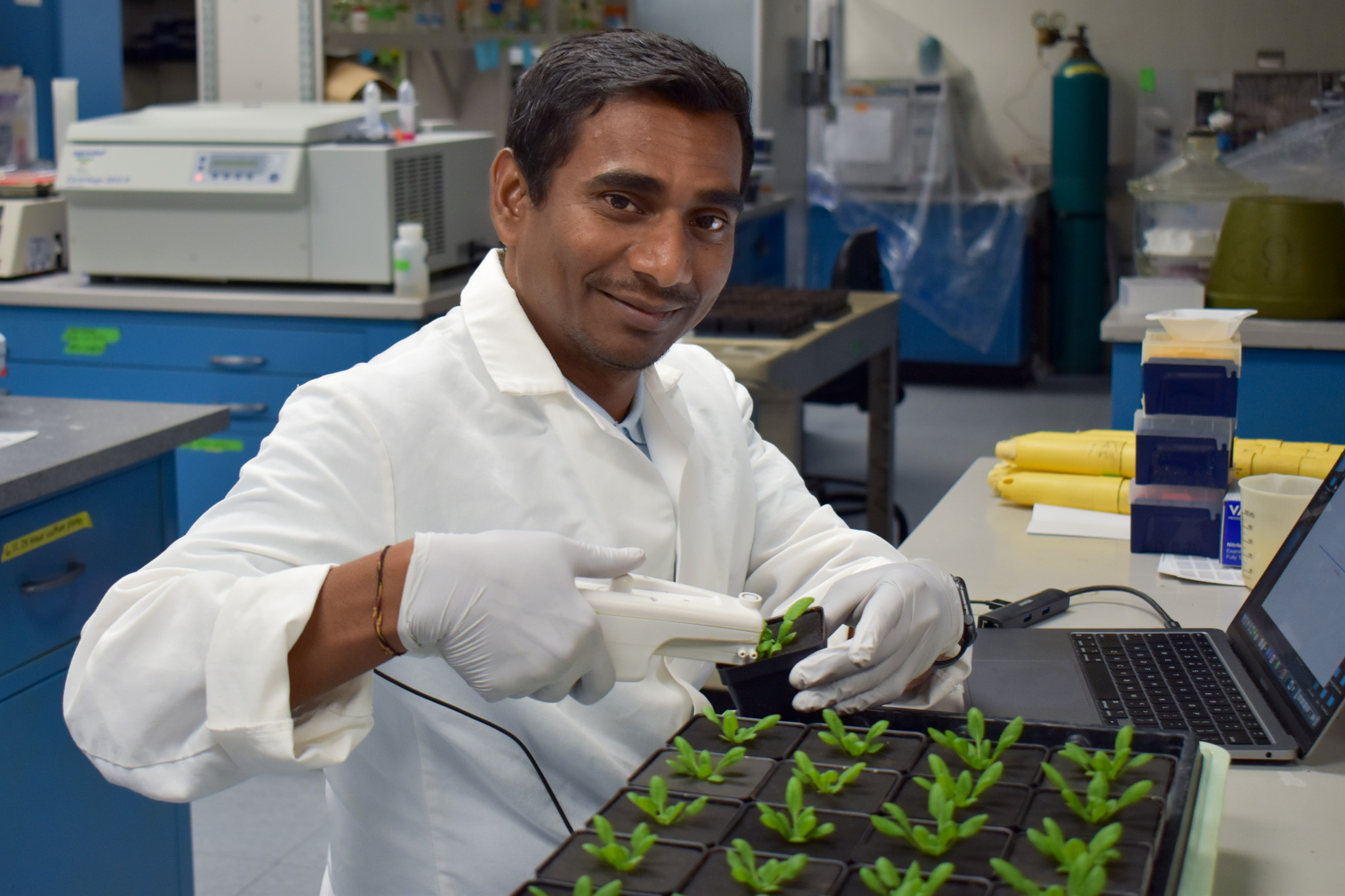
Naveen Sharma, postdoctoral researcher in the Brandizzi lab at the MSU-DOE Plant Research Laboratory (PRL), is one of the few people at the PRL who studies carbonic anhydrases (CAs), proteins found in the chloroplast stroma, or the fluid barrier that surrounds the part of the plant where photosynthesis takes place. When plants take carbon dioxide (CO2) from the atmosphere, CAs help get that CO2 to the systems that use it in photosynthesis.
One of the main projects of the PRL looks at creating nanotechnology to make photosynthesis more efficient. Sharma’s expertise in carbonic anhydrases is utilized in this endeavor. His latest research, published in The Plant Journal, helps better characterize CAs in the model plant Arabidopsis thaliana.
This research looks at two types of CAs, βCA1 and βCA5.
Mutant lines of Arabidopsis were grown in the lab, which lacked either βCA1 or βCA5. These mutants were compared to the wild-type Arabidopsis, looking for differences in photosynthetic efficiency. If the plants lacking the CAs show differences in photosynthetic efficiency or growth, it can be inferred that the missing CAs are to blame.
“Unlike βCA1, βCA5 plants have problems with photosynthetic efficiency,” Sharma said.
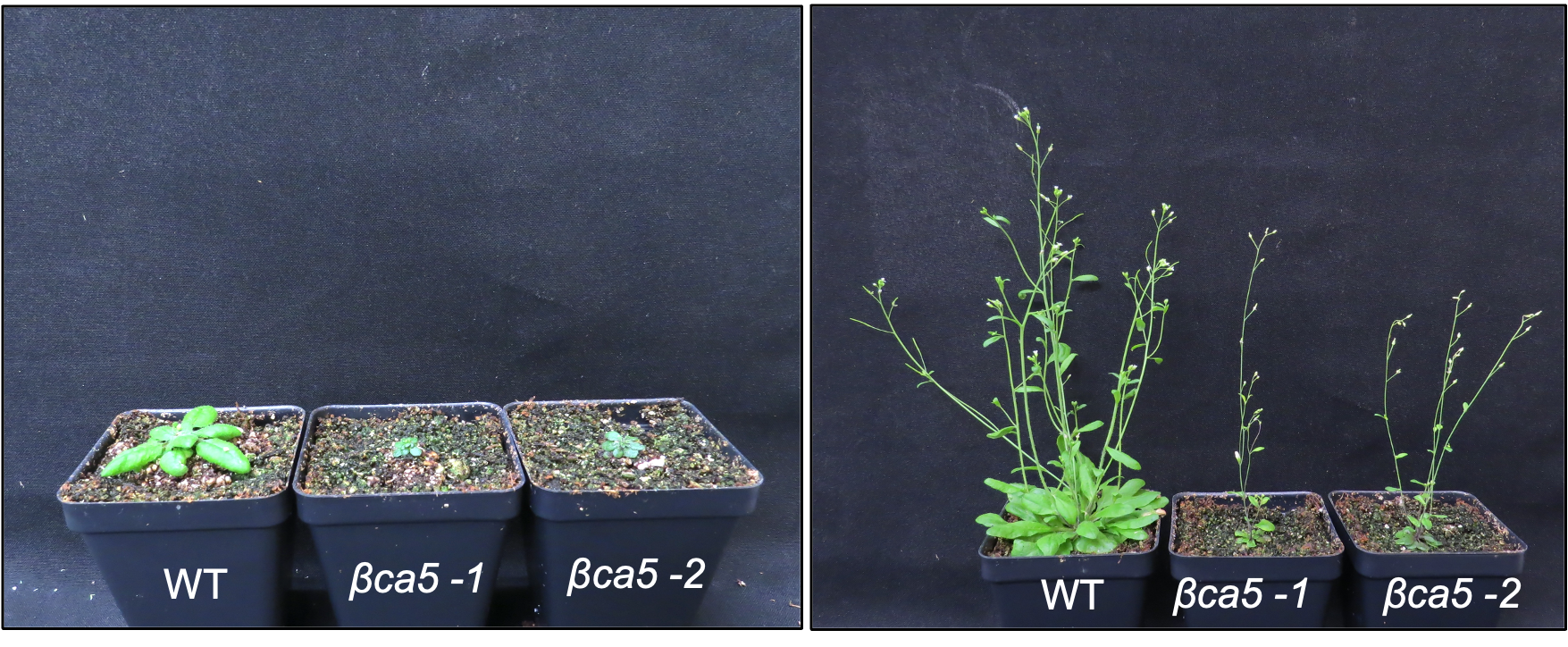
The researchers discovered that plants lacking βCA5 tended to grow shorter, showing that βCA5 plays an important role in photosynthetic efficiency and plant physiology. However, they do not believe that simply lacking βCA5 is the direct cause of the issues and that there is still a missing link.
The βCA1 plants showed no significant difference from the wild-type plants, showing that the loss of βCA1 does not affect photosynthesis, at least in the conditions of growth that they used.
“Our research provides new insights into the biology of Arabidopsis βCAs chiefly by showing that the stromal βCAs exhibit non-overlapping roles but also highlighting that, despite being less active than the more abundant βCA1, βCA5 has a critical role in plant physiology and photosynthesis,” Sharma said.
The PRL is a highly collaborative research institute, comprising of 11 labs. For this research, Sharma collaborated with three labs outside of the Brandizzi lab, where he is housed, including the Kerfeld lab, the Kramer lab and the Walker lab.
There are three main categories of research that occur at the PRL, divided into projects. Within these projects, the members work together to solve complex problems and share ideas.
“This is an exciting paper that would have not been possible without the contribution of several labs and the spirit of collaboration that pervades the PRL,” said Federica Brandizzi, MSU Foundation Professor at the PRL and in the Department of Plant Biology. “The work opens up a new significant line of research to understand the biological role of one of the most abundant enzymes on earth.”
This work was funded primarily by the Chemical Sciences, Geosciences and Biosciences Division, Office of Basic Energy Sciences, Office of Science, US Department of Energy (award number DE-FG02-91ER20021) and AgBioResearch, Michigan State University (MICL02598).
By Kara Headley
